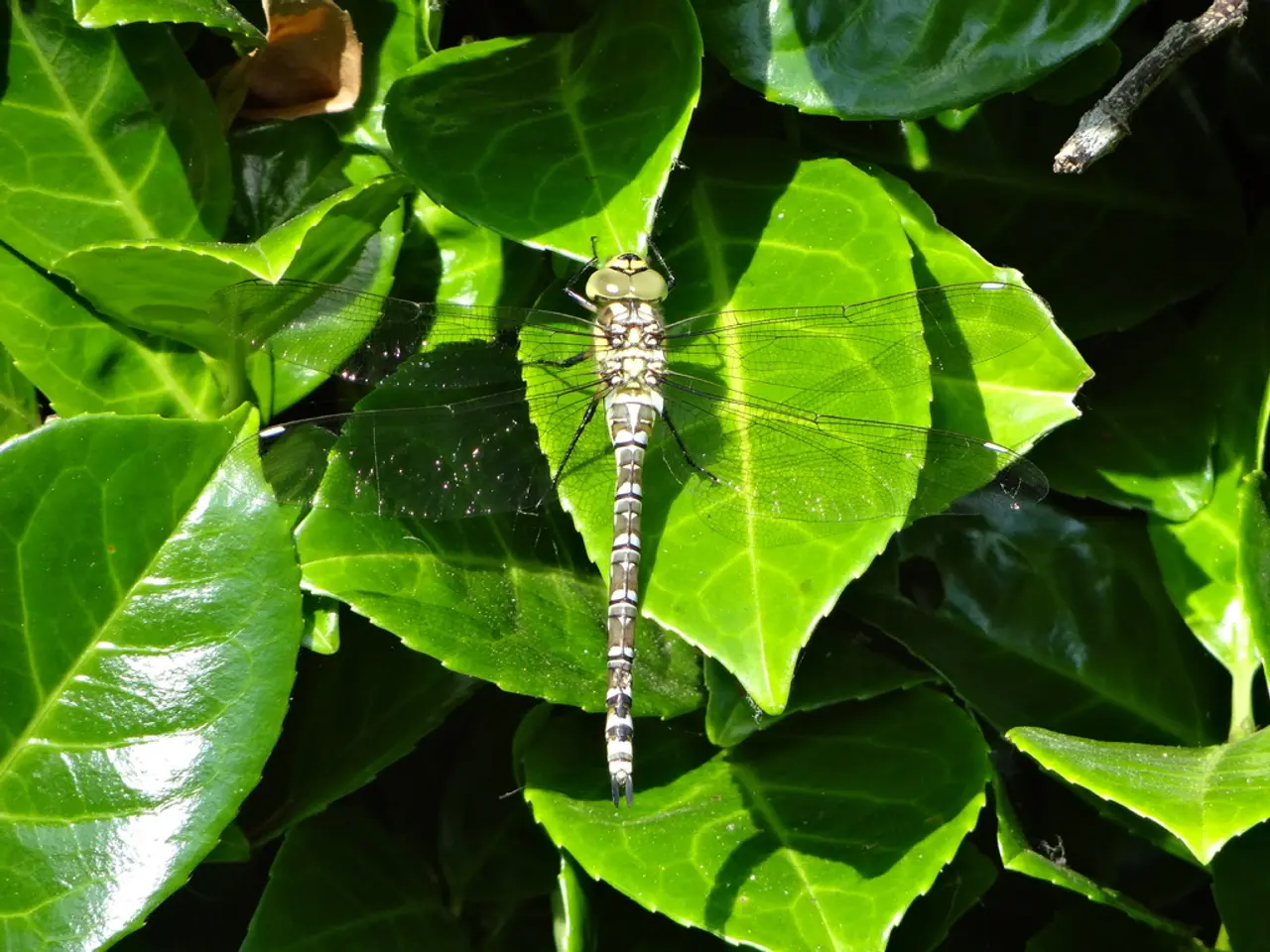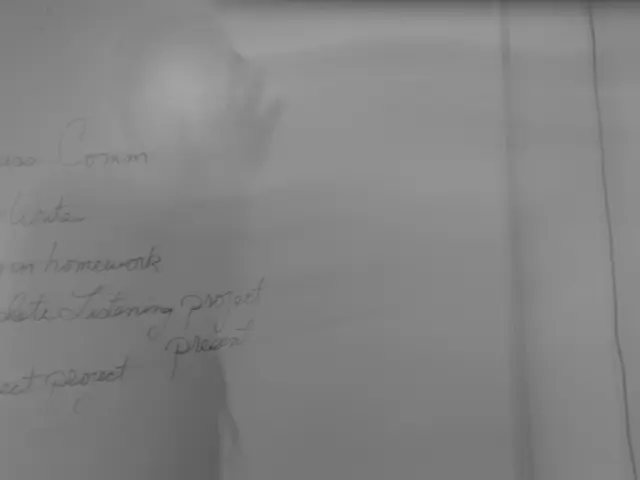Chinese officials appear to be adopting strategies similar to those used during the COVID-19 pandemic for combating the spread of chikungunya.
In recent months, Guangdong province in China has been grappling with a significant outbreak of the mosquito-borne viral disease, Chikungunya. According to reports, over 8,000 cases have been confirmed since mid-2025, primarily in Foshan and surrounding areas [1][3][4].
To combat this outbreak, Chinese authorities have implemented a series of aggressive and intrusive measures reminiscent of the response to the COVID-19 pandemic. These include:
- Household-level inspections to identify potential mosquito breeding sites and monitor residents for symptoms [1].
- Mandatory use of bed nets to minimise mosquito bites during peak transmission times, with fines for non-compliance [1].
- Drone-based fogging operations to spray insecticides over residential areas and rapidly reduce mosquito populations [1][2].
- Legal enforcement and fines for areas or individuals failing to adhere to required mosquito control and hygiene measures [1].
- Public health campaigns and surveillance efforts to track cases and promote preventive behaviours [4].
These measures, which also include quarantine-like inspections, reflect a serious commitment to contain the outbreak amid concerns of wider regional spread [1][2][4].
One of the key challenges has been gaining access to homes for inspections. In one instance, a village's Communist Party secretary led a task force to a house, only to be denied entry. The task force later returned and found mosquito larvae in buckets containing muddy, stagnant water on the top floor of the residence [1].
Clinically, Chikungunya causes acute symptoms such as fever, rash, headaches, and muscle pain, with particularly debilitating joint pain lasting weeks or longer. This can impose a significant socioeconomic impact due to lost work and school days [2].
The Beijing News has reported concerns and complaints about these intrusive measures taken in response to the Chikungunya outbreak [1]. In one notable case, a child with a fever in Zhanjiang, Guangdong had blood drawn by police and local staff after initial refusal by the parents on Aug 4 [1].
Despite these challenges, China's response to the Chikungunya outbreak in 2025 has been marked by intensive surveillance, vector control (including drone fogging), quarantine-like inspections, and enforcement actions. This underscores the country's determination to contain the spread of the rapidly spreading mosquito-borne virus.
[1] The Beijing News, "Chikungunya Outbreak: Intrusive Measures and Public Concerns", August 10, 2025. [2] South China Morning Post, "Chikungunya Outbreak: China's Aggressive Response to Mosquito-Borne Virus", August 15, 2025. [3] Xinhua News Agency, "Over 7,000 Chikungunya Cases Reported in Less Than a Month", August 5, 2025. [4] China Daily, "Chikungunya Outbreak: Task Force Explains Measures to Control Virus", August 12, 2025.
- To address the health-and-wellness issue caused by the Chikungunya outbreak, China has been integrating science, such as drone-based fogging operations and public health campaigns, into their aggressive measures.
- The intense surveillance, vector control, and quarantine-like inspections employed in China's response to the Chikungunya outbreak demonstrate a significant investment in both science (innovative mosquito control methods) and health-and-wellness (protecting the population from the virus).







